AppleInsider is on the scene at the 2017 National Association of Broadcasters (NAB) Show with a look at some of the hottest gear designed to work with Apple products. In this video, we take a closer look at some of FeiyuTech's handheld iPhone gimbals.
Feiyu, known for its comprehensive lineup of gimbals and stabilizers built for portable camera systems, was showing off its latest wares at this year's NAB Show, including the consumer-minded Vimble handheld unit for smartphones. With onboard zoom control, 3-axis gimbal, estimated 4 to 5 hour battery life and expected street price of $139, Vimble is poised to bring handheld stabilization technology to the masses.
The company also had their SPG Live 3-axis smartphone gimbal with vertical mode on display. A step up from the forthcoming Vimble, the SPG Live features an internal battery good for 8 hours of recording, as well as push button controls for iPhone camera and gimbal motor actuation. The SPG Live is available now for $239 from B&H Photo and Amazon.com.
Moving up to a two-handed setup, the SPG Plus features 360-degree panning, 320-degree tilting and 100-degree rolling controlled via a joystick mounted in its grip. The two-handle configuration offers space for five, one-quarter inch screw jacks to mount lights, microphones and other filmmaking equipment. The SPG Plus sells for $299 from B&H and from Amazon.com.
Feiyu also showcased the S1000, a prototype gimbal that supports smartphones and small cameras up to 1.4 pounds. With a slightly larger handle, the S1000 boasts battery life of 8 to 10 hours per charge. The device is expected to ship within the next two to three months.
For more reviews, news, tips, features and more, subscribe to AppleInsider on YouTube.
We're also interested in your questions! If you want to know anything about this year's NAB Show, chime in on our forums and we'll address it.
 AppleInsider Staff
AppleInsider Staff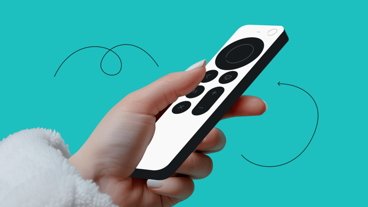
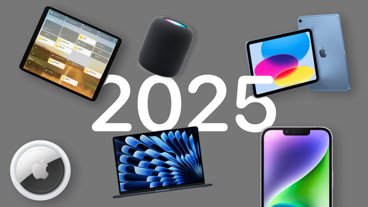

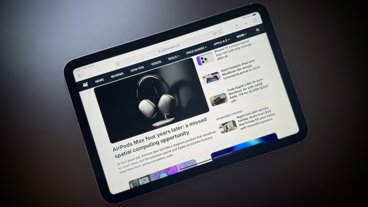



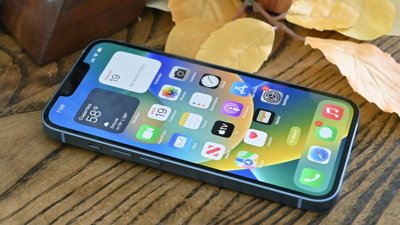
 Wesley Hilliard
Wesley Hilliard
 William Gallagher
William Gallagher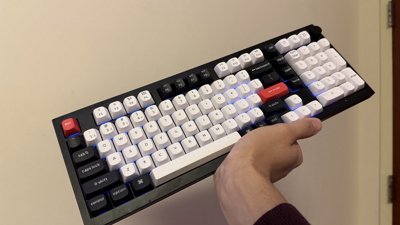
 Thomas Sibilly
Thomas Sibilly
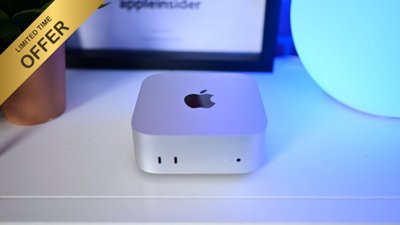
 Christine McKee
Christine McKee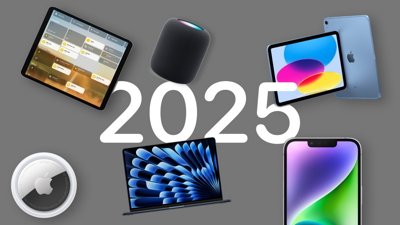
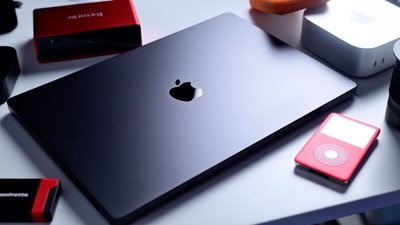
 Andrew O'Hara
Andrew O'Hara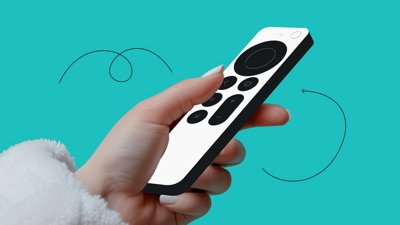
 Sponsored Content
Sponsored Content
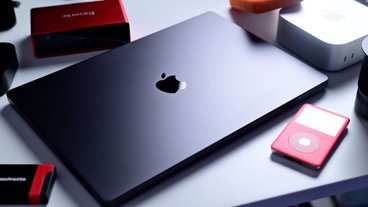
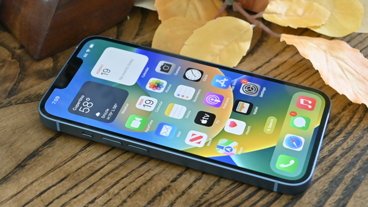

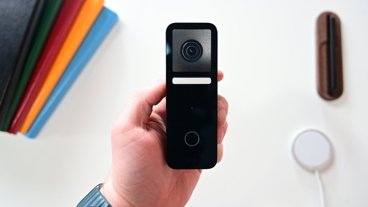

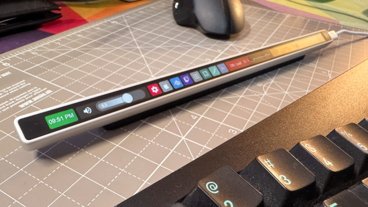

6 Comments
I'm really confused at this point. There was a Kickstarter campaign last fall for the Vimble S. Which is identical to the Vimble in this video, but the S is black. We paid $179, which was supposed to be a discounted rate as a backer of the project so the developer team could get their project off the ground. Once again it feels like Kickstarter enabled more folks from Hong Kong to rip us off! We have the product with incomplete firmware and software. There are supposedly only 3 developers left from a team that was originally 7. So their excuse for not having the firmware and software completed is only one person is left to do the job. And it is taking him awhile. https://www.kickstarter.com/projects/368303780/vimble-s-never-capture-a-shaky-video-again/description
The big problem with all these gimbal and stabilizer systems is that they are mechanical "Rube Goldberg" solutions versus the much more elegant solution of Optical Image Stabilization (OIS) which is built into some high-end SLR lenses.
However, with the iPhone models that have built-in OIS, there is a huge problem in that the mechanical gimbal "motion corrections" can conflict with the built-in OIS causing problems like "head bobbing" when filming while walking.
I have confirmed that the Apple OIS feature cannot be turned off. But I can't get a straight answer from any of these gimbal companies on whether their system will have problems with any phone or camera that has hardware OIS.
The fact that none of them will give a straight answer is answer enough for me. On some of the professional photography forums I see conflicting advice on whether this is a problem - but the prevailing sentiment is that IT IS a problem, it just depends upon whether it bothers some people or is noticeable by everyone.
This is an industry-wide problem. I suspect the life-span of all these gimbal contraptions is very limited given the rapid pace of OIS technology bringing the price down and allowing OIS to be built into more and more products.
I would love to be proven wrong - but given most of these companies are offshore they don't seem to care about communications and mostly are in it for a fast buck.
Gimbals can do things OIS can't do, they smooth out large point to point movements and keep you on subject without sway,
OIS can't help you keeping a straight shot on subject that doesn't move up and down because your hand/shoulder is not stable in space and orientation.
Ideally, something that can lock on subject and then stay there no matter what you do would be the best (not sure those consumer level all do that, if they do that's great). If they can track shots exactly you can them match them with effect shots later. Probably need something on tracks or dolly for that kind of precision though.